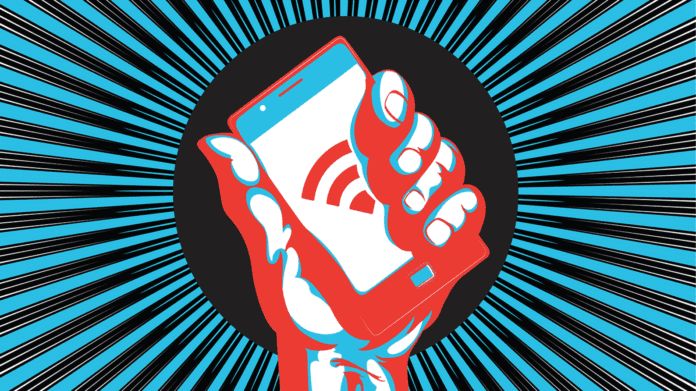In an exclusive column for RCR Wireless News, Boingo Wireless CTO Derek Peterson shares his vision for the technology and cooperation that will usher in a new level of convergence. Peterson sees industry cooperation and convergence of licensed and unlicensed spectrum paving the way for “5G” in his new piece, “A call for convergence – A manifesto.”
Perhaps best known for its global Wi-Fi footprint, Boingo is a neutral host provider with a long history of working with blended network topologies, a concept Peterson recently discussed on RCRtv’s “HetNet Happenings.”
In his call to action, Peterson declares, “Today, as we survey the ever-evolving wireless landscape, it is clear that we are at a tipping point. The physical and digital worlds are coming together at a pace that requires new thinking, new paths forward and a new way of working together. We have the opportunity to leap into the next decade of innovation. But it will require all of us, as a wireless industry, to work in concert. And it will begin with a deep commitment to convergence at every level.”
Harnessing collaborative innovation has been top-of-mind recently given Facebook CEO Mark Zuckerberg’s recent, 6,000-word manifesto, titled “Building Global Community,” in which the technology leader repeatedly emphasizes Facebook’s role in developing “the social infrastructure to give people the power to build a global community that works for all of us.”
And, while Zuckerberg focuses his attention on sociopolitical goals such as fostering engaged, informed, safe and supportive communities, it’s clear that progress will be made on the back of global interconnectedness.
To improve, maintain and expand the global networks that support this new level of interconnectedness, Peterson calls for the wireless industry to take a unified approach: “Mobile network operators, carriers, OEMs, device manufacturers, government entities, cable operators – we’re all in this together. The new wireless frontier is at our fingertips and together we are at the cornerstone of influencing tomorrow’s converged network. We must depend on each other, challenge each other and leverage our strengths.”
Looking ahead to 5G, which, although as-yet unstandardized is widely envisioned as joining a variety of access technologies into a unified air interface capable of supporting virtually any use case and attendant service requirements, Peterson stresses the importance of spectrum.
“Powering a new generation of connections requires access to more airwaves. This is why the upcoming 5G capacity will be based on the unified aggregation of multiple bands. The industry has largely accepted this will include the convergence of licensed and unlicensed spectrum, as 5G is not economically practical without coexistence. … Convergence creates a larger pool of airwaves, creating more lanes and less RF congestion. This is a win-win as it allows us to answer the demand for more mobile data, more wireless connectivity and new horizons.”

